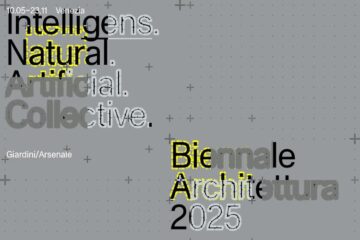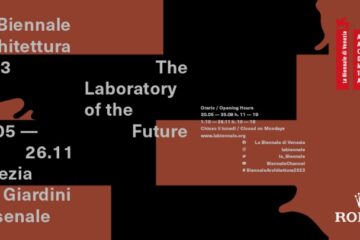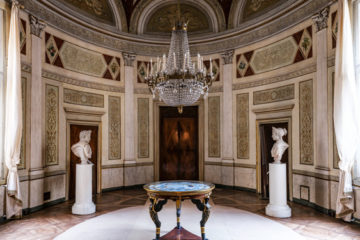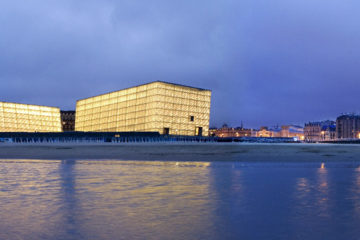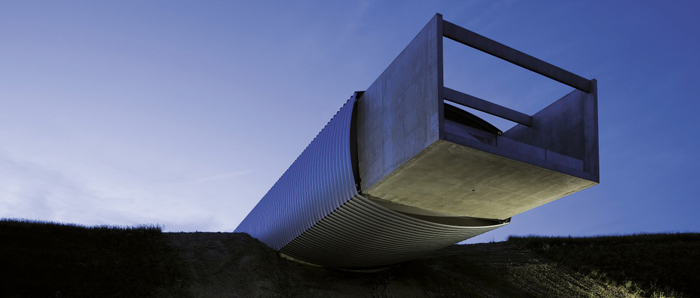
The Museum Liaunig, by the Viennese architectural team querkraft, projects out on two sides over steep-sided ground, high up in the landscape. A cut through the hill marks a precise intervention in nature. Planted into the site the new museum emerges more like a work of landart. Only a small part of the outstretched museum building is visible.
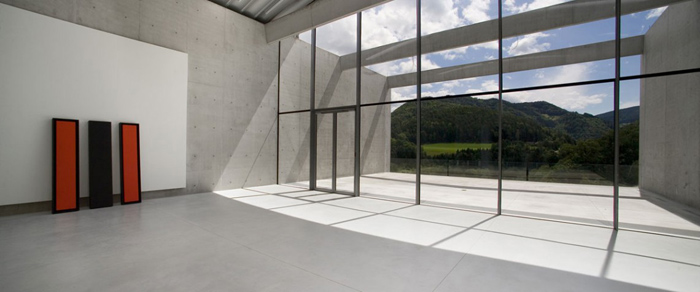
Cut through the hill, the main body of the museum slices through a densely-wooded, steep-sided embankment, providing an unparalleled view over the river drau seventy meters below. The building cantilevers an impressive thirty meters out, over a steep bank towards the approach road – clearly visible to approaching visitors. The museum entrance zone is orientated toward both the centre of Neuhaus and the nearby historical castle owned by the museum’s patron.

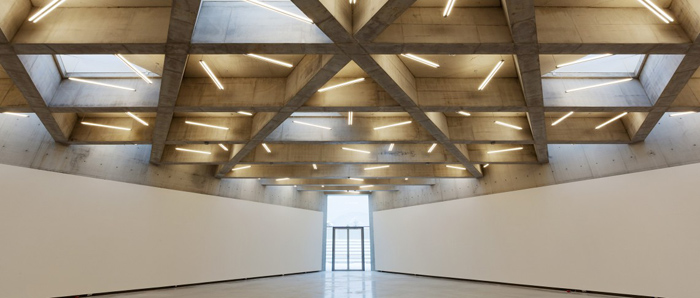
The substantial viewing storage depot is one of the main areas of the museum. Stretching the whole length of the gently sloping approach to the main exhibition hall, visitors are accompanied by this ‘wine cellar of art’. This underground volume offers the possibility to organize a variety of exhibitions by virtue of flexible screens and lighting arrangements.
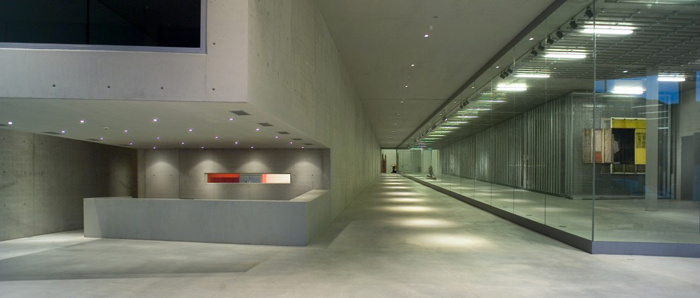
The building’s core is a 160metre long, fully daylight exhibition hall, with protected terraces at each end. The continuous 13metre wide, 7metre high room is covered by a part translucent curved-skin – an industrial element permitting daylight. The hall is organized with mobile exhibition panels.
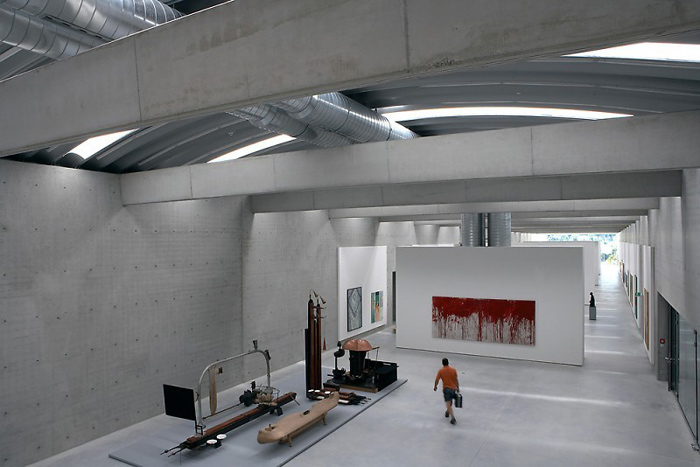
The high cost of the external envelope is avoided by sinking the majority of the building below ground. Rather than removing the soil, excavated ground is used to remodel the site. Industrial materials like concrete, glass and sheet metal dominate the visible portion of the building. Set into the hill, the building benefits from the temperate environment. A geothermal heat pump utilizes the constant temperature of the ground. Roof light substitutes artificial light as much as possible.
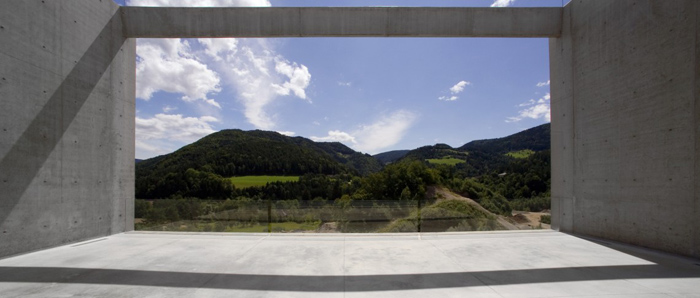
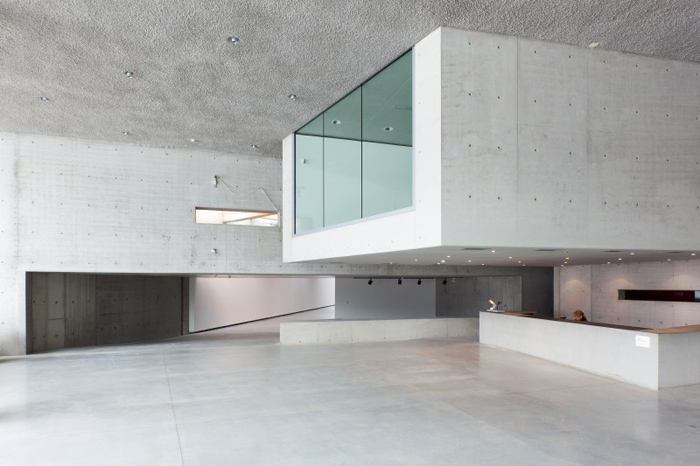
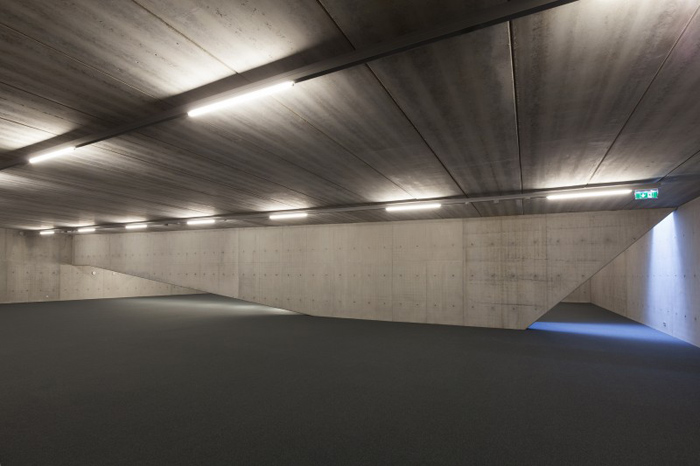
Images courtesy of Museum Liaunig
Discover: www.museumliaunig.at | www.querkraft.at
